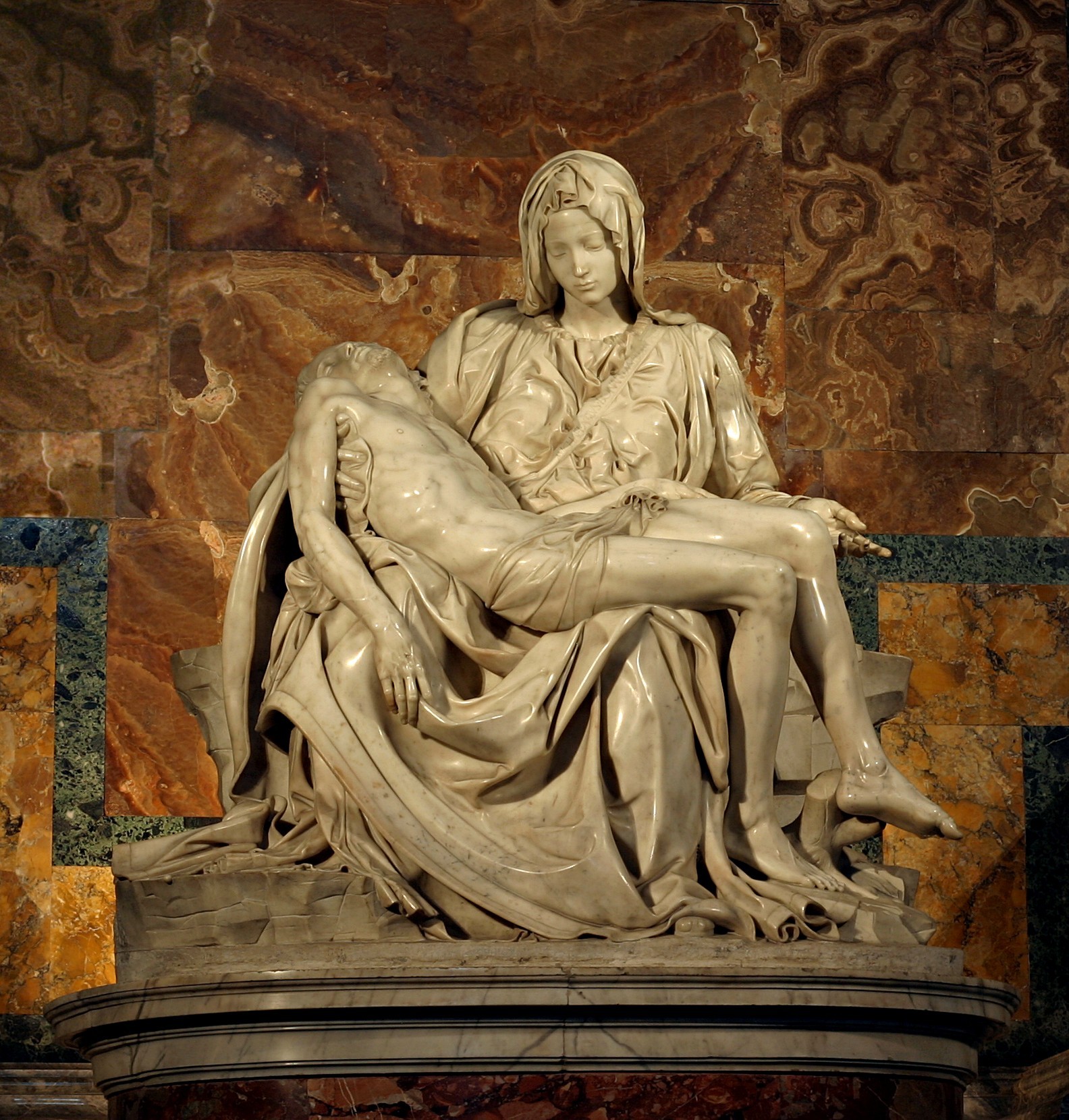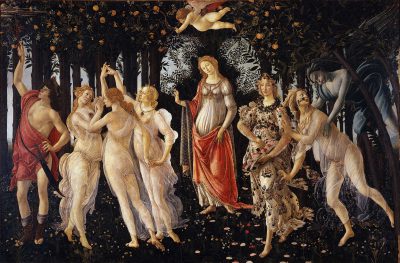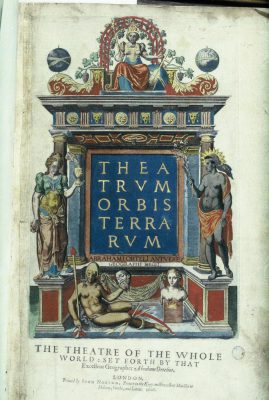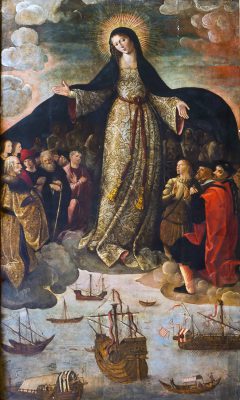The Early Modern World 1450–1750 CE
St. Peter’s Basilica Spotlight Object
Pietà

Pietà
Michelangelo Buonarroti
1498–99
Marble sculpture
174 × 195 cm
Credit: Stanislav Traykov | GFDL, CC BY-SA 3.0, CC BY 2.5
Artemis Tzioli
Art History Program, VCUarts Qatar
The Big Picture
The Early Modern period is characterized by rapid globalization and shifting socioeconomics, as feudal societies transitioned to more capitalistic exchanges. Cultural renewal occurred in various parts of the world, including the Renaissance in Europe, a period characterized by an intense interest in classical philosophies, arts, and other humanistic pursuits. Similar renewals took place elsewhere, including China, where in the aftermath of the Mongol Yuan dynasty, a return to Confucian ideals was readily embraced. Religious clashes and reformations continued, and Islamic Spain finally fell under Christian dominion after the Reconquista, a long-lasting effort to reclaim Spanish territories ending in 1492 CE. In 1517, Martin Luther’s Ninety-Five Theses launched the Protestant Reformation, culminating with the schism within the world of Catholic Christendom.
In the East, the world changed with the rise of the Ottoman Empire and the conquest of Constantinople in 1453 CE, causing a religious and authoritative power shift in the region. The Ottoman Empire became one of the strongest seats of power at the time, expanding into North Africa and Southern Europe. The Ottomans had many esteemed trading cities and developed a centralized, bureaucratic system of governance that granted them sovereignty from Western empires. East of the Ottoman Empire, the Sh’ia Safavid dynasty, another seat of power, maintained its position in Central Asia from 1501 to 1736. Like the Ottomans, they took a great interest in the arts, developing their own imperial narrative while also assimilating incoming European styles.
In this time of rapid global development, many Europeans travelled and made discoveries of “new worlds,” best recalled through Christopher Columbus’s journeys from 1492–1502 and Vasco de Gama’s finding of the Eastern sea trade route in 1498. These discoveries are another major chronicle in the Early Modern World known as the Age of Discovery. While regions such as Spain, the Mediterranean, and the Levant boomed with scientific expansion, the Americas suffered a depletion on all fronts, when its culture, people, lands, resources, and development became subject to European power. As Europe capitalized on and benefited from the cheap labor, resource exploitation, new territory, and the extension of colonial power in the Americas, they also turned to African realms and embarked upon the slave trade, one of the most catastrophic events in modern history.
The Ming Dynasty in China followed a similar path of global networking and trade. The Chinese had opened their ports to pursue maritime trade with the Dutch, Spanish, and Portuguese. China, however, was not as fortunate as Europe in the trading realm. Exporting various local products such as tea and silk, China in turn imported silver. The silver trade is regarded by some as the beginning of global economy; the Americas reaped silver, Europe extracted and produced it, and China bought it. However, while China could still produce its side of the exchange, Europe’s silver sources began depleting. As Britain led the effort to regain what was lost with the decline of silver, they created a new trading system where they purchased opium grown in India and sold it to China, leading to the decline of Chinese global power.
Artemis Tzioli
Art History Program, VCUarts Qatar
In Focus

The Renaissance
Uffizi Gallery, Florence, Italy
The Renaissance was a period of scientific and cultural enlightenment in Europe spanning from the fourteenth to seventeenth centuries.
More
The Age of Exploration
London, England
During the Renaissance, many global developments ushered in a new time period that would lead to the notorious Age of Exploration, which began in the fifteenth century.
More
Spanish Empire
Seville, Spain
Following the Age of Exploration and the rise of European global domination came the phenomenon of imperialism, whereby European states extended their political and territorial power through the acquisition of foreign lands in the Americas, Africa, and Asia.
More


